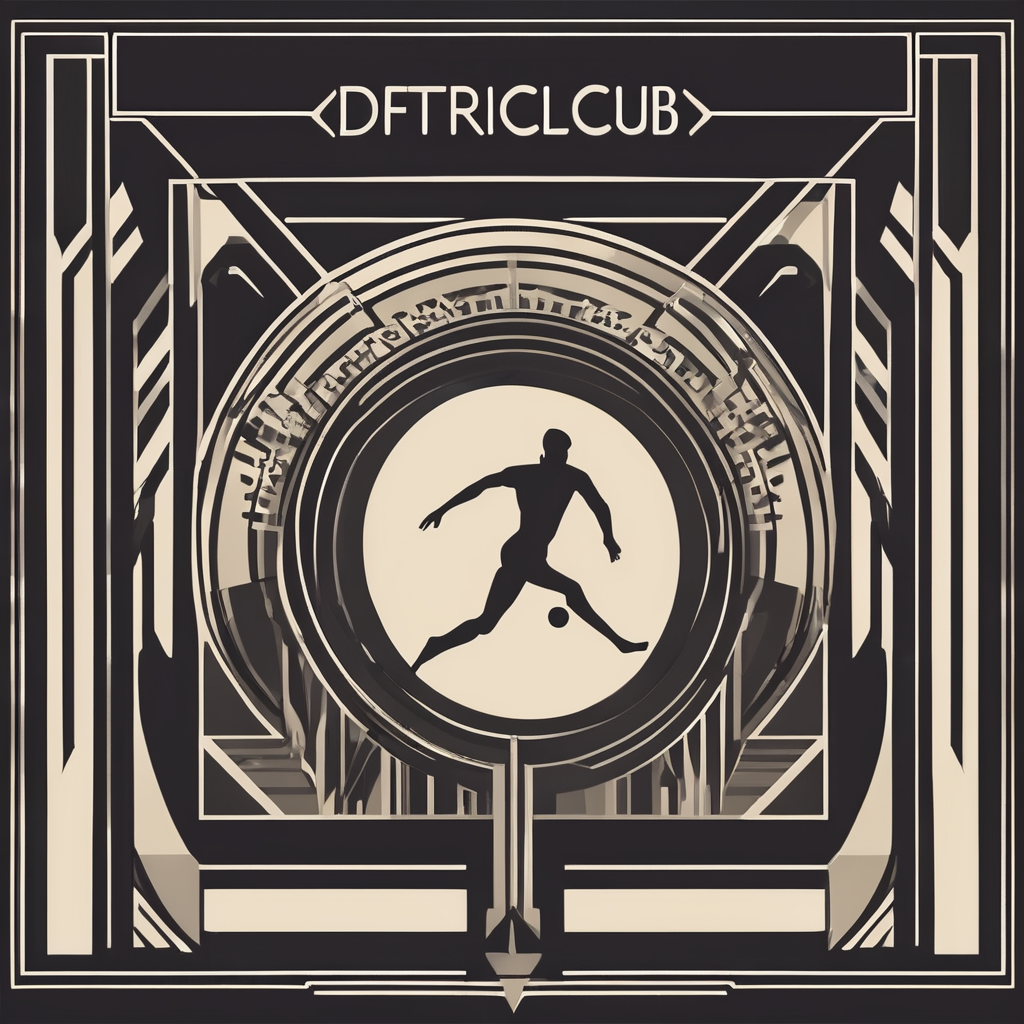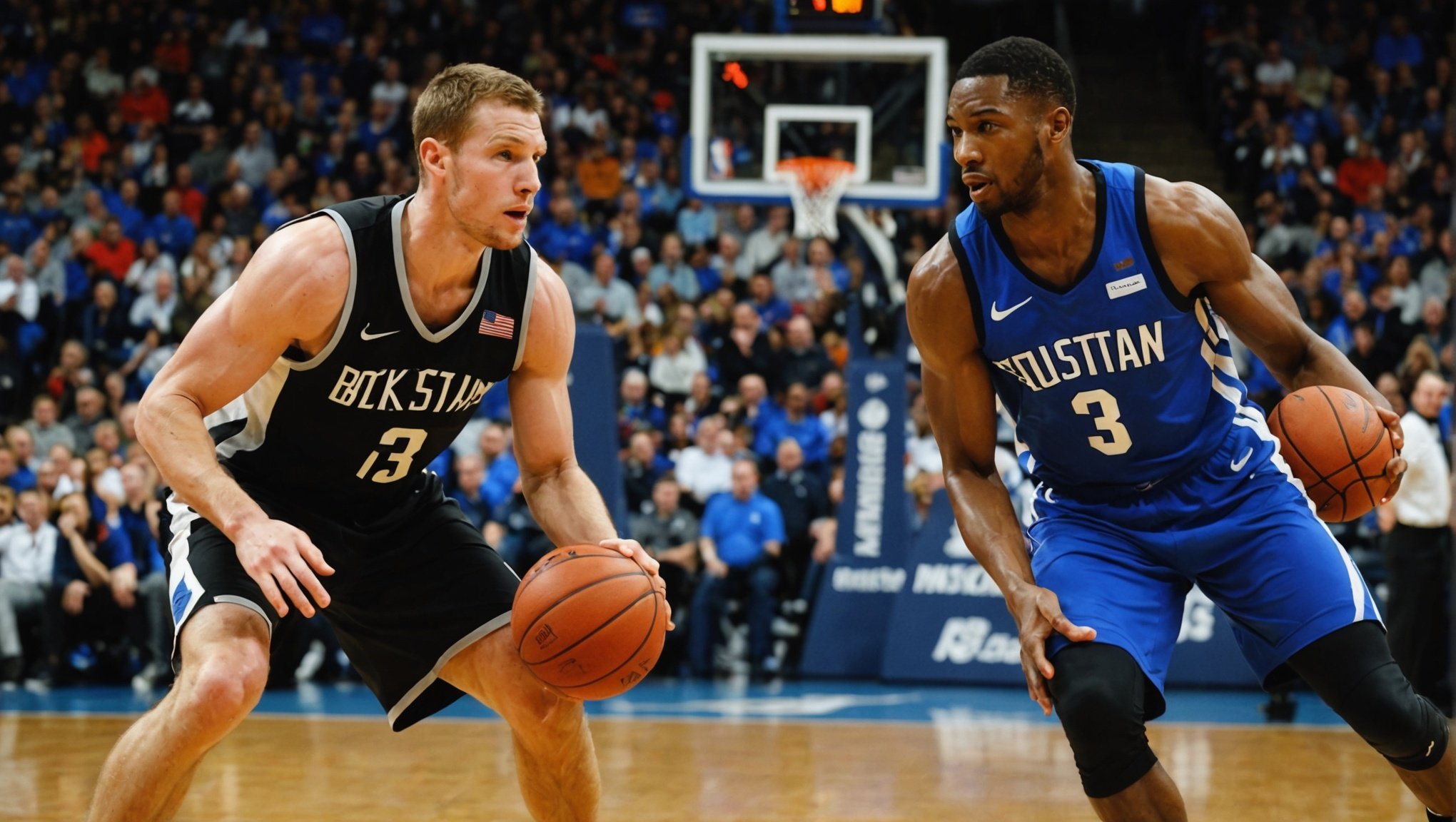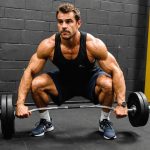Nutrition Strategies for Muscle Preservation
Muscle preservation is crucial for UK basketball players, particularly during off-season periods when training intensity might decrease. Ensuring an adequate protein intake plays a significant role in maintaining muscle mass. It’s important to aim for about 1.2 to 2.0 grams of protein per kilogram of body weight daily.
Protein Sources in UK Food Culture
UK food culture offers diverse protein-rich options that cater to dietary preferences. Consuming lean meats such as chicken and turkey is beneficial. Fish like salmon or herring provide omega-3 fatty acids, which support muscle health. For plant-based athletes, incorporating beans, lentils, and tofu could fulfill protein requirements.
Also read : Unlocking Court Vision: Strategies for UK Basketball Players to Boost Spatial Awareness
Supplements for Muscle Maintenance
Some supplements can aid in maintaining muscle during the off-season. Creatine increases phosphocreatine stores in muscles, enhancing performance in high-intensity training sessions. Additionally, branched-chain amino acids (BCAAs) help reduce muscle soreness and fatigue, supporting recovery. Protein shakes could also be considered, particularly for those struggling to meet their daily intake through food alone.
Combining these nutrition strategies with a balanced diet and proper hydration can ensure basketball players maintain muscle strength and endurance through less intense training periods. Exploring ingredients and dishes rooted in British cuisine, whilst flexible enough to include global influences, can offer the necessary nutrients for optimal performance.
Also to see : Unlocking Performance: A Guide for UK Basketball Players to Harness Heart Rate Monitors for Enhanced Training
Strength Training Regimens
Strength training is vital for basketball players seeking to enhance their performance and prevent injury. Crafting a regimented plan specific to the sport’s demands optimises physical capabilities.
Effective Resistance Exercises
Tailored resistance exercises for basketball athletes are designed to bolster core strength while developing agility and explosiveness. Incorporating movements such as squats, lunges, and deadlifts focuses on developing lower body power, crucial for both jumping and sprinting. For upper body strength, exercises like bench presses, rows, and shoulder presses are integral, supporting balance and control during gameplay.
Frequency and Intensity Recommendations
During the off-season, players are encouraged to engage in strength training regimens three to four times a week, focusing on alternating between upper and lower body workouts. This allows for optimal muscle recovery and growth while preventing overtraining. As the season approaches, gradually reducing the frequency yet maintaining intensity helps in maintaining strength gains.
Balancing Upper and Lower Body Workouts
A key aspect of an effective strength training programme for basketball players is maintaining equilibrium between the upper and lower body workouts. This balance reduces the risk of muscle imbalances which can lead to injury. Moreover, ensuring each workout is comprehensive aids athletes in achieving peak athletic performance.
Recovery Techniques
Effective muscle recovery methods are crucial for optimal performance and maintaining overall health. Incorporating active recovery into your routine can play a pivotal role in muscle maintenance. This technique involves low-intensity exercises like walking or cycling, which helps increase blood flow to muscles without putting them under strain. This promotes the removal of waste products such as lactic acid, aiding in faster recovery.
Another essential factor in muscle recovery is adequate sleep. During sleep, the body undergoes repair and growth processes. Important hormones like growth hormone and testosterone, crucial for muscle repair, are released at higher levels during deep sleep. As such, ensuring a consistent sleep schedule can significantly enhance recovery.
Hydration is equally important. Water aids in nutrient transport to muscles and the removal of metabolic waste. Without proper hydration, the body’s ability to repair damaged tissues is impaired, leading to prolonged muscle soreness and fatigue.
Techniques to reduce muscle soreness after a workout include foam rolling and stretching. Foam rolling helps decrease muscle tension and increases blood flow, promoting quicker recovery. Stretching, on the other hand, maintains flexibility and prevents muscle stiffness, reducing soreness.
Psychological Aspects of Off-Season Training
Achieving success in basketball often entails as much mental preparation as physical training, particularly during the off-season. Maintaining motivation can be challenging; however, understanding the value of off-season training aids in overcoming motivational slumps. Visualising success, setting clear, realistic goals, and tracking progress can provide the drive needed when structured team sessions are absent.
Mental Motivation Techniques
Maintaining motivation requires developing techniques that keep athletes engaged even when external pressures decrease. Techniques such as mental visualisation and self-reflection can assist players in understanding their development areas.
Setting Realistic Goals
Goal-setting is essential. Creating specific, measurable goals that are both achievable and relevant encourages continuous improvement. For instance, an athlete might aim to enhance their shooting percentage by two points. Tracking such progress daily can serve both as a motivational boost and self-assessment tool, providing tangible evidence of improvement.
Mental Toughness and Resilience
The off-season tests an athlete’s mental toughness and resilience more than any other time. Without regular competitive matches, athletes need to foster a resilient mindset to overcome potential stagnation. Mental toughness involves withstanding pressure and remaining focused, characteristics quintessential to outstanding players on and off the court.
In summary, mental preparation not only ensures continuity in skill enhancement but also fortifies athletes’ psychological frameworks essential for upcoming seasons.
Injury Prevention Strategies
To effectively prevent injuries in athletes, understanding the significance of proper preparation and body awareness is crucial. The role of key stretches and warm-up routines cannot be overstated in maintaining an athlete’s well-being. A comprehensive warm-up elevates muscle temperature and flexibility, minimizing the risk of tears or strains. Stretching routines, particularly dynamic stretches, prepare muscles for the demands of intense physical activities by engaging them in movements similar to the exercise type.
Listening to your body is equally vital in injury prevention. Recognising warning signs like persistent pain or excessive fatigue is a proactive approach to stopping potential injuries before they occur. Athletes should be encouraged to rest or seek medical advice when experiencing discomfort, reinforcing that pushing through pain often leads to more severe problems.
Moreover, the role of cross-training is pivotal in injury prevention. By incorporating a mix of exercises into training regimens, athletes enhance their overall fitness levels, distributing stress across different muscle groups, which reduces the chances of overuse injuries. This diversified approach not only aids in recovery but also promotes a well-rounded physical condition, essential for both performance and long-term athletic health.










